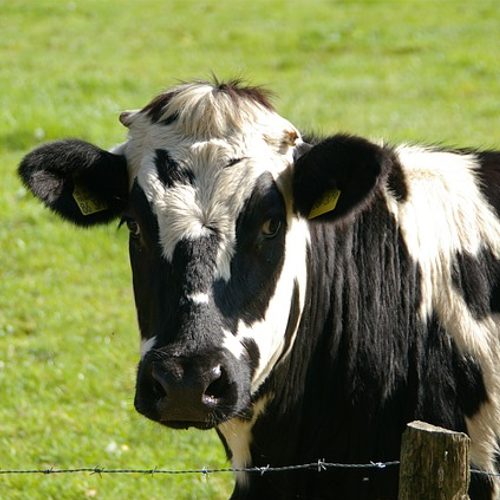On Saturday, April 29, Washington, D.C. will host yet another march—this time, it’s the People’s Climate March.
The timing of this year’s march couldn’t be better. We’ve just passed another climate milestone—and it’s not a good one. According to the latest report in Scientific American, the Mauna Loa Observatory recorded its first-ever carbon dioxide reading in excess of 410 parts per million. Carbon dioxide hasn’t reached that height in millions of years.
The good news is, we have the tools to reverse this trend. They’re not fancy or expensive. They’re not new. We just have to use them. As the authors of “Hope Below Our Feet: Soil as a Climate Solution,” write:
A major reduction in greenhouse gas emissions is clearly needed, but there is increasing scientific consensus that even if achieved, this will not be enough. In addition to a drastic reduction in carbon emissions, carbon must be removed from the atmosphere. An important solution is beneath our feet: the massive capacity of the earth’s soils to remove and store carbon from the atmosphere.
What’s standing in our way of putting regenerative agriculture to work in the battle to stop runaway global warming?
Corporate America’s influence over food and farming policy. This week, Trump charged his new agriculture secretary, Sonny Perdue, with convening a task force euphemistically called “a task force on rural America.” Far from hoping to improve the lives of rural Americans and rural farmers, the task force aims to make big corporations more profitable. According to Politico:
The task force, which Perdue will chair, will bring together members from departments across the Trump administration. Its mission is to conduct a 180-day review of concerns in rural America and zero in on regulations that hinder growth in the U.S. agricultural and rural economies and develop policy changes that increase jobs, improve infrastructure and foster innovation in technology, said Ray Starling, special assistant to the president for agriculture, trade and food assistance.
That’s Trump-speak for rolling back any regulation that protects small farmers, clean water, or a healthy pesticide-free environment and food supply.
Meanwhile, Perdue’s predecessor, Tom Vilsack, may as well be working for Monsanto now. Vilsack, who helped kill GMO labeling, wrote an op-ed this week for The Hill, claiming that industrial agriculture (and Monsanto’s GMOs) are the answer to fighting global warming—despite all evidence pointing to the contrary.
With corporations running our food and farming system, we’ve got a steep hill to climb. Many food and farming activists will start that climb by marching this week in Washington. If you want to participate, here are a few events that start today (Friday, April 28) and run through the weekend:
Welcome Party for People’s Climate March Food Folks
Friday, April 28, 5:30 p.m. – 8:30 p.m.
East Capitol Urban Farm
5901 East Capitol St. SE, Washington, DC 20019
Food & Farm Justice Contingent at the People’s Climate March
Saturday, April 29, 11:00 a.m.
At the intersection of Pennsylvania Ave. & 4th Street NW
Look for the Resist & Regenerate banners and monarch butterflies!
Biodiversity for a Livable Climate Conference – Scenario 300: Making Climate Cool
Sunday, April 30, 8:30 a.m. – 5:00 p.m.
At the offices of Steptoe & Johnson LLP
1330 Connecticut Avenue NW, Washington, DC 20036-1795
Livestream the event
TAKE ACTION: Join the Food & Farm Justice Contingent at People’s Climate March














